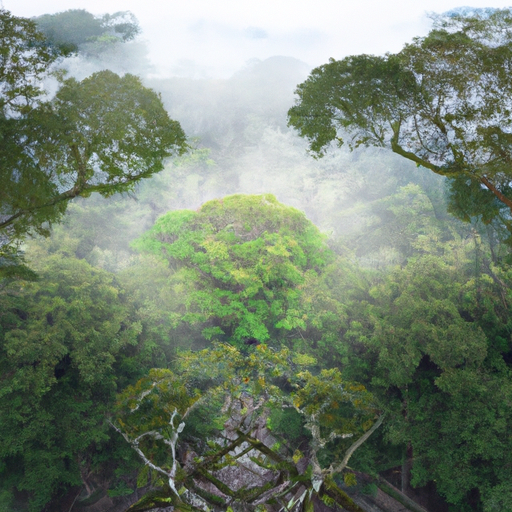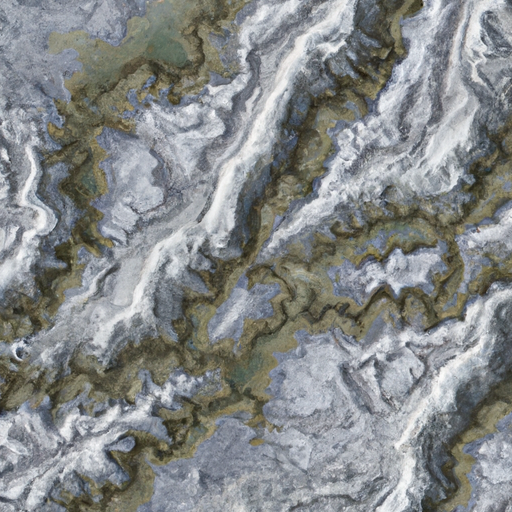Archaeologists uncover vast network of pre-Columbian settlements using advanced LiDAR technology in the Amazon. The discovery reveals sophisticated urban planning and agricultural systems dating back 2,000 years. This finding challenges previous assumptions about early civilization in South America.

In a discovery that fundamentally alters our understanding of pre-Columbian civilization, archaeologists have unveiled an extensive network of ancient cities hidden beneath the Amazon rainforest canopy. Using cutting-edge LiDAR (Light Detection and Ranging) technology, researchers have mapped out what appears to be one of the largest pre-Columbian settlements ever discovered in South America.
The archaeological site, spanning over 1,000 square kilometers, reveals a complex urban landscape that includes pyramids, ceremonial centers, water management systems, and agricultural terraces. Carbon dating of artifacts found at the site indicates that this sophisticated civilization flourished between 500 BCE and 1000 CE, challenging long-held beliefs about the development of early societies in the Amazon region.
What makes this discovery particularly remarkable is the advanced level of urban planning evident in the settlement's layout. The cities were connected by an intricate network of raised causeways, some extending for dozens of kilometers. These roadways, built to withstand seasonal flooding, demonstrate an impressive understanding of engineering and environmental adaptation.
The agricultural systems discovered at the site are equally sophisticated. The ancient inhabitants developed a complex network of earthworks, including raised fields and fish farms, that could sustain large populations while managing the challenging rainforest environment. This evidence suggests a level of agricultural expertise previously unknown in pre-Columbian Amazonian societies.
Archaeologists have identified numerous ceremonial structures, including carefully aligned pyramids that appear to have astronomical significance. The positioning of these structures suggests a deep understanding of celestial movements and their importance in the society's religious and cultural practices.
Artifacts recovered from the site include elaborate ceramics, stone tools, and metalwork, indicating a sophisticated material culture. The quality and quantity of these finds suggest extensive trade networks and specialized craft production, hallmarks of an advanced civilization.
The discovery has also yielded evidence of sophisticated water management systems. The ancient engineers constructed elaborate networks of canals and reservoirs that could collect and distribute water during both wet and dry seasons, demonstrating remarkable environmental adaptation strategies.
Perhaps most intriguing are the geometric earthworks found throughout the site. These massive geometric patterns, some measuring hundreds of meters across, suggest possible ceremonial or astronomical purposes. Their precise function remains a subject of intense study and debate among archaeologists.
The settlement's size and complexity challenge previous estimates of pre-Columbian population densities in the Amazon. Conservative estimates suggest the region may have supported hundreds of thousands of inhabitants, far more than previously thought possible in a rainforest environment.
This discovery also provides important insights into sustainable rainforest management. The ancient inhabitants developed methods to maintain large populations while preserving the forest ecosystem, offering potential lessons for modern conservation efforts.
The site has yielded evidence of sophisticated social organization, including what appears to be distinct neighborhoods and social hierarchies. This suggests a complex political structure that could efficiently manage large populations and coordinate major construction projects.
The implications of this discovery extend beyond archaeology. Understanding how these ancient peoples successfully managed their environment could provide valuable insights for modern challenges related to climate change and sustainable development in tropical regions.
Researchers are particularly interested in the civilization's apparent collapse around 1000 CE. Evidence suggests a combination of climate change and social factors may have contributed to its decline, offering potential lessons for contemporary societies facing similar challenges.
As excavation and analysis continue, researchers expect to uncover more details about this remarkable civilization. The findings not only rewrite our understanding of pre-Columbian history but also demonstrate the potential for future discoveries in the Amazon region using advanced archaeological techniques.



